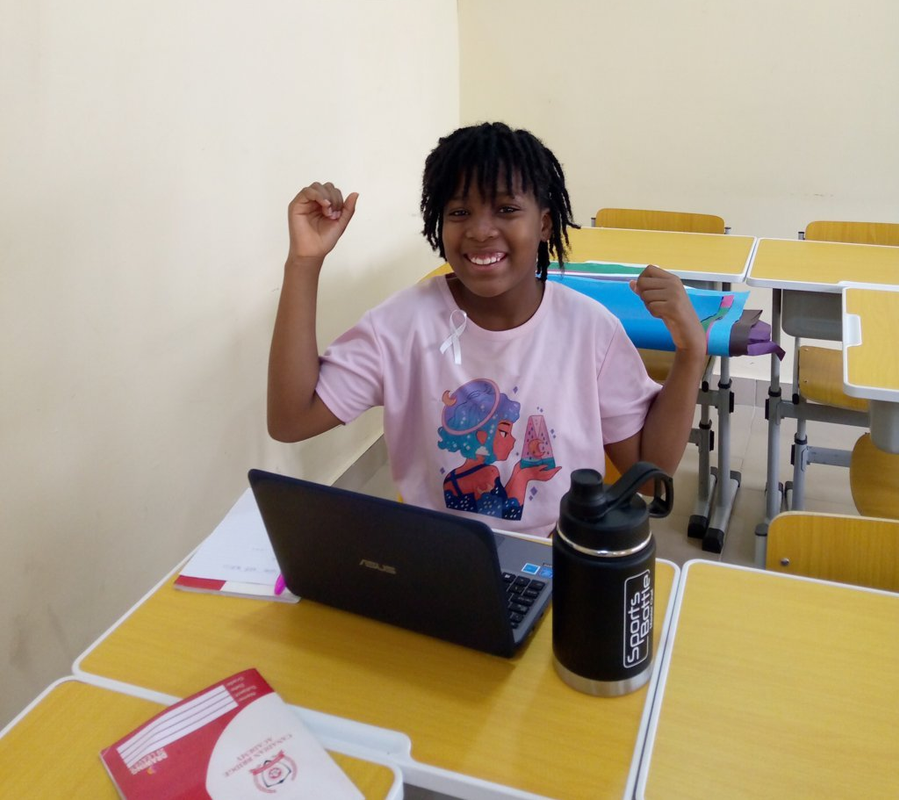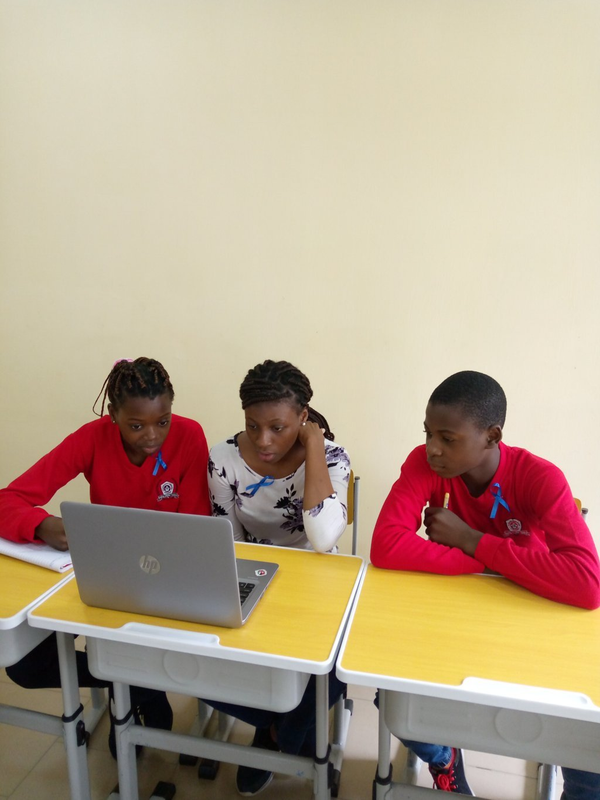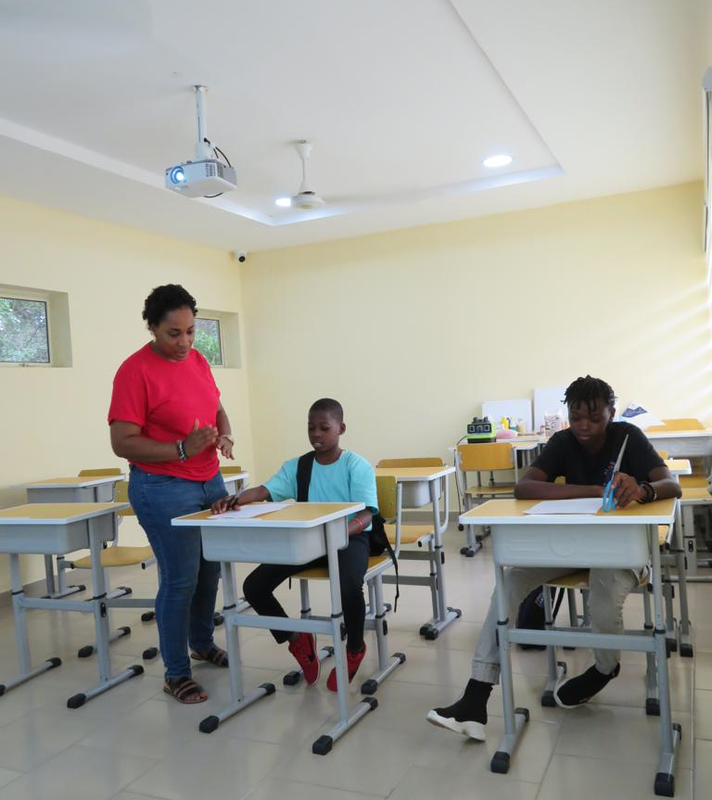


Many students find mathematics to be a difficult subject to study, one they may experience anxiety over. As a teacher of mathematics, I set out to change how students thought about and interacted with the subject. My style of teaching maths has been distinct throughout the years, surpassing the scope of conventional approaches, and the outcomes have been outstanding. I will talk about my own experience and the tactics I’ve used to give students more confidence in math’s in this post.
A passion for teaching mathematics
I began teaching mathematics in 2005, a role that has been both my passion and purpose.
It was within a school that encouraged academic and personal excellence that my teaching career took root. My dedication to mathematics education was ignited by this environment.
Although I did not approach mathematics in a conventional manner, I took a different approach. It was my goal to inspire my students to appreciate mathematics as more than a mere academic subject. In my opinion, it is an essential life skill that will shape their future, as well as a powerful tool for solving problems. I wanted to go beyond simply transferring mathematical knowledge to students; I wanted to change their perceptions of the subject.
Maths should be viewed as a tool for real-life challenges, an entryway to innovative thinking, and a key to realising their full potential. This mindset has remained with me from all schools where I have taught mathematics, including the Canadian Bridge Academy (CBA) in Abuja, where I am currently teaching. My teaching philosophy has consistently been guided by this vision, reshaping students’ relationships with mathematics, instilling newfound confidence, and fostering a lifelong passion for it.
Working with real-world applications
Including practical applications of mathematics in the curriculum is a fundamental component of my teaching strategy. I make maths more approachable and interesting for pupils by demonstrating how it’s utilised in real-world situations.
We examine, for example, the applications of mathematics in the fields of engineering and architecture, economics, and even the arts. This method not only increases their comprehension but also piques their interest. I also stress in my lessons the value of problem-solving techniques. We focus on difficult problems requiring mathematical reasoning as well as real-world settings. This helps students develop problem-solving abilities that will help them in their future employment, in addition to making maths more useful.
Differentiated learning and support
Since each learner is different, I have chosen to teach in a customised manner. I learned about the advantages, disadvantages, and preferred methods of learning of each student. I make sure no student is left behind by customising my teaching strategies to meet their requirements. This individualised method has been very successful in boosting the self-esteem and academic achievement of underachieving pupils in mathematics.

Differentiated Learning builds confidence in the student and brings back the smile. Image source: CBA student.
In addition, I support my pupils in developing a development mentality. Every kid can achieve in maths, in my opinion, and I work with them to establish realistic objectives and benchmarks. Students can observe their progress and develop self-esteem when the learning process is broken down into manageable phases.
Collaboration in learning
The focus I place on collaboration is one important component of my teaching methodology that has been essential in enabling students through mathematics. It has been shown that encouraging students to collaborate in small groups may have a profoundly positive impact on their comprehension of mathematics as well as create a sense of community.
Through collaborative learning, students explore several methods for addressing problems and can ultimately get a more profound comprehension of mathematical ideas.

Learning maths through collaboration creates a sense of community. Image Source: CBA students
Peer-to-peer learning, in which pupils pick up knowledge from their peers, is another feature it permits. Their confidence in their capacity to communicate mathematical ideas to others is increased as well and their own understanding is reinforced.
There are advantages to teamwork outside of the school. For their future aspirations, students will need these crucial teamwork and communication abilities. Additionally, because people in the real world frequently collaborate to solve difficult problems, the collaborative character of the learning environment is a reflection of that.
Integration of technology
The use of technology in the classroom has grown more and more important in the digital era. Even by itself, this enhances the educational process. For example, at CBA, several teaching technologies have been included in our mathematics programme.

With technology, learning is simplified. Image source: CBA students
With the help of these tools, students may practise and strengthen their skills outside of the classroom, adding to the dynamic nature of learning. Whether through interactive simulations, educational apps, or online math assignments, gamification, technology is essential to empowering students to take charge of their education.
Establishing a helpful environment
In order to cultivate students’ interest in mathematics, a supportive teaching atmosphere is necessary. I’ve created an environment in my lessons where students feel free to collaborate with one another, exchange ideas, and ask questions.

Learning Maths with helpful support. Image source: CBA
We establish a setting where kids may grow confidently and learn from one another by fostering a feeling of community and collaboration.
Results and success
These tactics have had a very motivating effect on my students, past and present. Pupils who previously found mathematics difficult are now improving their marks and developing a renewed interest in the subject. A good number of them have gone on to work in professions that demand a solid background in mathematics.
One noteworthy success story is Joan, a student who at first struggled with mathematics anxiety. With personalised guidance and an emphasis on real-world applications, she not only thrived in her mathematics classes but also became enthused about the sciences. She is currently enrolled at a prominent institution to pursue an engineering degree, which excites me equally.
In conclusion
The experience I’ve had teaching mathematics is proof of the effectiveness of creative teaching strategies and a dedication to giving students confidence in numbers. My approach has redefined the way students approach mathematics by making it relevant, approachable, and highly personalised.
Teaching maths involves more than just imparting knowledge—it also involves inspiring students to be lifelong learners and adept problem solvers. We can assist children in mastering maths while also acquiring critical life skills by cultivating a growth mindset, using technology, and creating a nurturing environment.
In my experience as a teacher of maths, I have come to learn that every child can succeed in mathematics and forge their own path to success if they have the right mindset. My intention in sharing my story is to inspire other educators to use innovative methods and help their students achieve in the field of mathematics.
Article by
Simeon Olong
Head of Elementary and mathematics Teacher

We are the only international school in Nigeria that offers 100% Ontario Ministry of Education approved Canadian (Ontario) curriculum from Grade 1 through 12.
